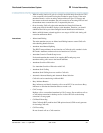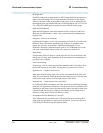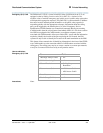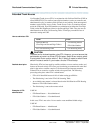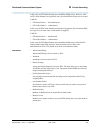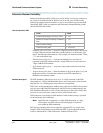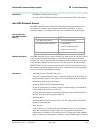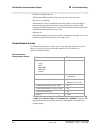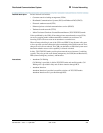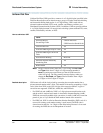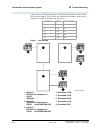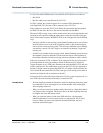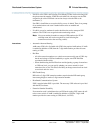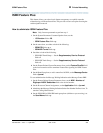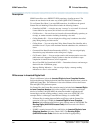
Distributed Communications System
349
Administration for Network Connectivity
555-233-504 — Issue 1 — April 2000 CID: 77730
B Private Networking
Detailed description Private networks can include:
• Common-control switching arrangement (CCSA)
• Distributed Communications Systems (DCS) and Enhanced DCS (EDCS)
• Electronic tandem network (ETN)
• Enhanced private-switched communications service (EPSCS)
• Tandem-tie-trunk network (TTTN)
• Italian Traslatore Giunzione Uscente/Entrante/Interno (TGU/TGE/TGI) trunks
Unless prohibited by the COR, all incoming private network trunks, except CCSA,
can access outgoing trunks without attendant or terminal-user assistance. All
incoming CCSA calls must route to an attendant or a terminal user.
When off-network calling is part of the CCSA and EPSCS, long-distance calls route
as far as possible over these networks before terminating on the public network. Thus,
charges for toll calls are reduced. The COR you administer to individual system users
determines whether access to this capability is allowed or denied.
In Italy, TGU/TGE/TGI trunks provide private network access between 2 switching
systems. They also provide some feature transparency for COR (Inward Restriction),
DID (when reaching busy stations), and Intrusion.
Interactions • Attendant Call Waiting
Call Waiting is provided via Italian TGU/TGE (main and satellite) trunks. Call
Waiting also is provided in Italy and all other countries through DCS.
• Attendant Intrusion
Attendant Intrusion is provided on satellite switches via TGU/TGE trunks.
Attendant Intrusion also is provided through DCS.



